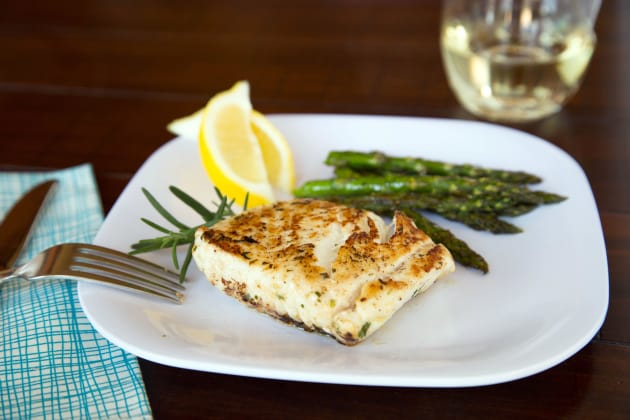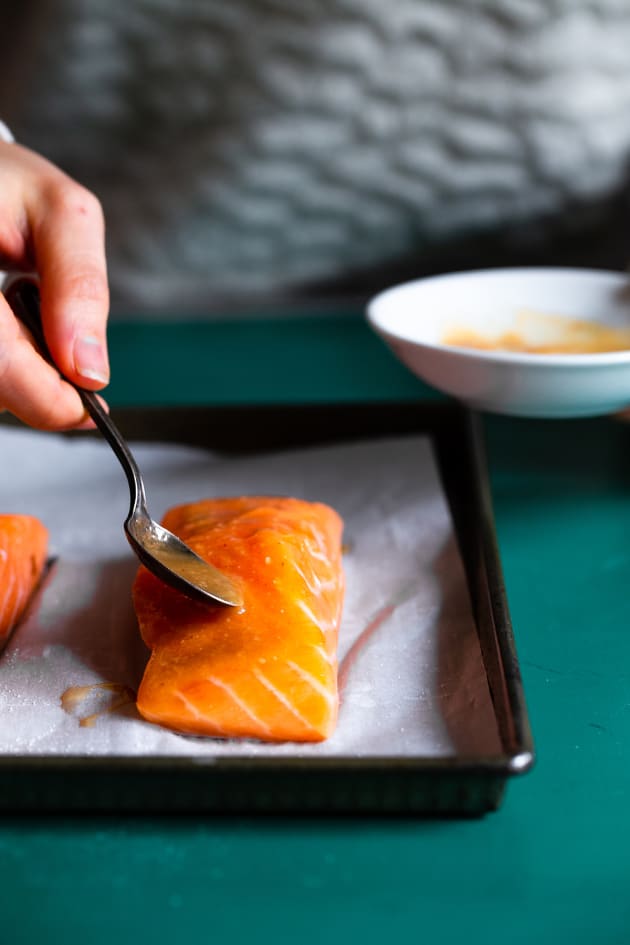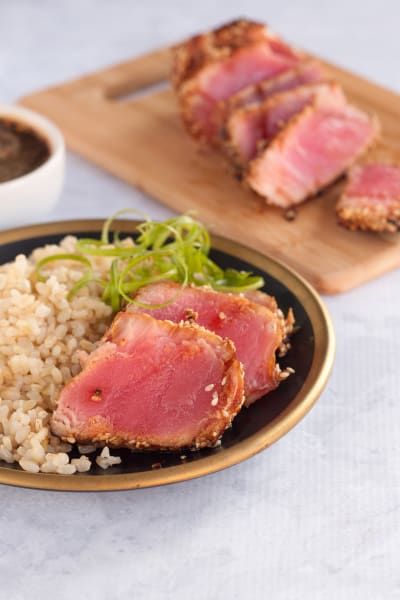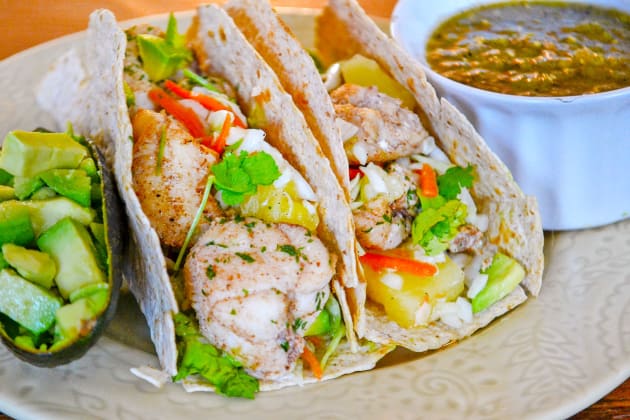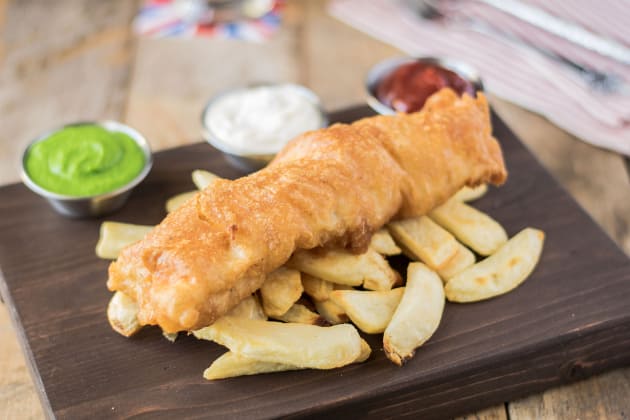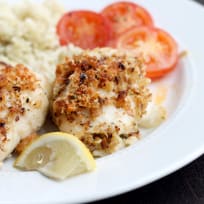Fish Cooking Temperatures
Christine AlburyFind out the different fish cooking temperatures you need for tender and juicy results.
Finding the perfect temperature at which you should cook different types of fish can be tricky, but we have some handy tips and information that will help you cook fish like a pro!
It's important to remember that there is only a small window of time in which fish is perfectly cooked, before it begins to overcook and turn rubbery.
Paying close attention to times and temperatures is key, and a thermometer is an essential tool to have on hand.
If you don’t have a thermometer available, test the flesh of the fish with a fork. If the fork goes through the fish easily and it flakes without any resistance, the fish is ready to eat.
Different types of fish need to reach different internal temperatures before they are truly cooked.
Recommended internal temperatures for cooked fish
White fish, such as cod and monkfish: 52 degrees Celsius
Halibut: 48-50 degrees Celsius
Flatfish: 50-52 degrees Celsius
Salmon: 48-52 degrees Celsius
Shark: 52 degrees Celsius
Tuna: 31 degrees Celsius (yields a raw center)
Eel: 70 degrees Celsius
It is important to bear in mind that residual heat will continue to cook the fish, so if you are cooking salmon to an internal temperature of 50 degrees Celsius, you should remove it from the heat a few degrees prior to it reaching that temperature.
Cooking fish at different levels of temperature can yield quite different results:
Low temperature:
When cooking fish at a low temperature, it may look underdone, even when it's cooked perfectly. This is because the flesh doesn’t change much during the cooking process. You can cook it at the temperature you want it to attain (for example, 50 degrees Celsius), which means it will heat up slowly and gently.
Medium temperature:
Slow-cooking at temperatures between 90-125 degrees Celsius results in fish fillets that are cooked evenly and retain moisture. As the outside and inside of the fish are exposed to the same levels of heat during the slow-cooking process, the fish maintains consistency throughout.
It is important to note that when cooking this way, there is minimal residual heat. When testing for doneness, you’ll want to get near enough to the desired internal temperature as it will only increase by a couple of degrees maximum once you remove it from the heat.
High temperature:
When using temperatures of 175 degrees Celsius or higher, your fish will have a much more uneven finish as the outside will cook a lot faster than the inside. The residual heat will be much higher, so even once its removed from the heat, the fish will continue to cook for quite some time.
How cooked fish should look
The appearance and color of the flesh will tell you if the fish is cooked.
When cooking white fish, you will know that it is done when the meat is still moist, but the middle is just slightly transparent; if all the flesh is transparent, it is not cooked.
Overcooked white fish will appear very dry and have a stringy texture.
Salmon and tuna are done when the meat has turned paler in color and is still firm, but not dry. Fishes like tuna and salmon benefit from their moisture, as it really helps their flavor.


